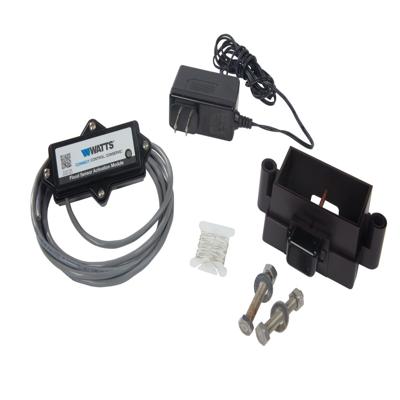SentryPlus Alert Technology
This technology is used for providing automatic flood detection on backflow preventer assemblies and signalling excessive relive valve discharge that could cause severe damage. This technology is used by Febco MasterSeries backflow preventers with an integrated flood sensor that allows a multichannel alert function triggering one or more notification methods for quick action. This sensor is designed to continuously monitor for potential flood conditions. The SentryPlus alert system can be integrated into the existing backflow preventer without taking it off the line, thus preventing downtime and reducing labour costs.













